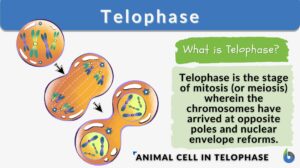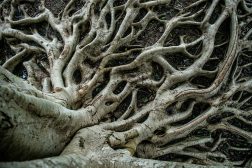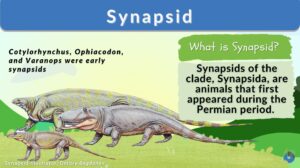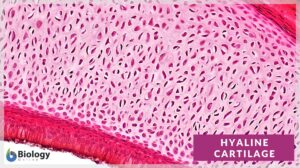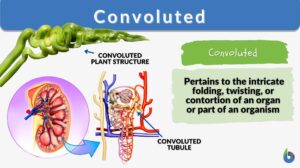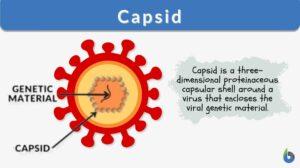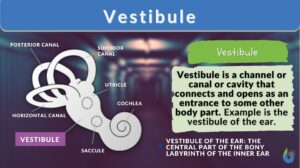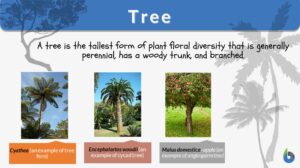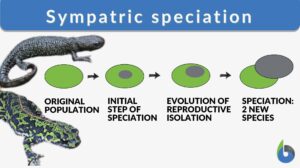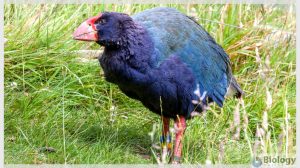Search Results for: edges
The adaptive features of the Giant Rat
The Giant African rat, also known as the Gambian pouched rat, is one of Africa's largest rodents. Two species have being... Read More
Hypomelanism
All the body cells of living organisms bear some color due to one or the other pigment molecule or complex. The pigment can... Read More
Light-independent reaction
The process of photosynthesis is a biological procedure in which plants produce oxygen and energy (sugar) by using light... Read More
Hyaline cartilage
Hyaline Cartilage Definition Before we define hyaline cartilage, let us understand what cartilage is. What is cartilage? Is... Read More
Convoluted
The word convoluted is often used to describe different things, especially structures or components, that have overlapped.... Read More
Wedge spirometer
wedge spirometer A waterless spirometer constructed of two large rectangular plates with edges connected by... Read More
Autogenous
Autogenous 1. (Science: biology) self-generated; produced independently. 2. (Science: anatomy) Developed from an independent... Read More
Vitreous humor
Definition noun The clear, gel-like body fluid in the vitreous chamber, i.e. the posterior cavity between the lens and the... Read More
Sympatric speciation
Speciation is a process of evolution through which two different existing populations evolve and a distinct species form. It... Read More
Takahē (Porphyrio hochstetteri)
By: Maria Victoria Gonzaga Previously, we've seen the different animals endemic to New Zealand. Due to the... Read More

